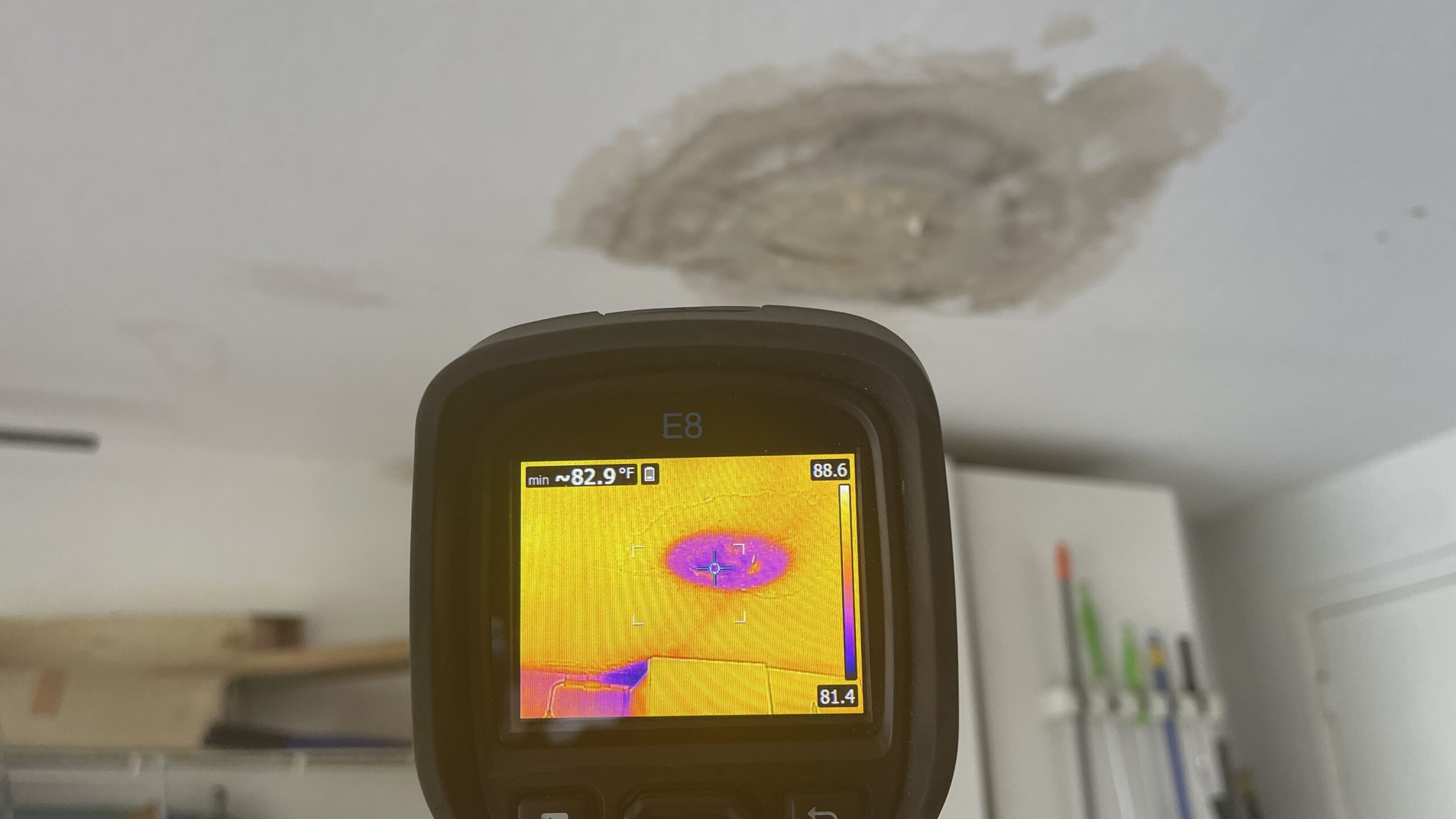Understanding Moisture and Mold: Why Controlling Moisture is Key
Mold is frequently found in residential, commercial, and other types of buildings. Moisture is a key factor in mold growth, as the presence of moisture is necessary for mold to develop. Mold spores are present in the environment, including in the air, on clothing, and on surfaces within buildings.
On their own, mold spores do not lead to structural damage or health effects. Issues arise when moisture becomes available, providing conditions that allow mold to grow and spread.
How Does Moisture Lead to Mold?
Mold growth requires three essential elements: mold spores, organic material, and moisture.
Although it is not feasible to eliminate spores or organic matter from the environment, controlling moisture is achievable. For this reason, moisture management is the primary factor in preventing mold development.
When moisture levels increase—whether due to leaks, high humidity, condensation, or flooding—mold spores can settle on surfaces and initiate growth. Under suitable conditions, this process can begin within 24 to 48 hours.
For more information on how mold grows visit our FAQ page.
Common Sources of Moisture in Homes
Understanding where moisture comes from can help you prevent mold problems before they start. Some of the most common sources include:
Roof leaks: allow water into your attic or walls, creating a breeding ground for mold.
Plumbing leaks: under sinks, behind walls, or in basements often go unnoticed until mold appears.
Condensation: forms on cold surfaces, around windows, or on pipes due to poor insulation, cold air, or high humidity.
Flooding: from storms, heavy rains, or broken appliances introduces large amounts of water that must be dried quickly to prevent mold growth.
High humidity: in areas like bathrooms, basements, and crawlspaces causes moisture buildup over time, especially in homes with poor ventilation.
Why Moisture and Mold Are a Serious Problem
When moisture is present, mold grows, and the results aren’t just unsightly.
Mold can cause health risks: such as allergies, asthma, respiratory problems, and other health concerns, especially for sensitive individuals.
Mold can damage property: by breaking down materials like wood, drywall, and insulation, often leading to costly repairs.
Mold creates persistent odors: that are musty and difficult to remove.
Mold often grows out of sight: behind walls, under floors, or in ceilings where moisture gets trapped.
How to Prevent Mold by Controlling Moisture
The good news is that controlling moisture is within your control. Here are practical steps you can take.
Fix leaks promptly: to avoid giving mold a chance to grow. Even minor leaks should be repaired right away. Regularly check under sinks, around toilets, and near appliances.
Use ventilation: in bathrooms, kitchens, and laundry rooms to reduce airborne moisture. Exhaust fans help move damp air outside.
Control indoor humidity: by keeping it below 60%. A simple hygrometer can help monitor humidity. Dehumidifiers are useful in basements and other damp areas.
Insulate pipes and surfaces: to prevent condensation from forming on cold surfaces like windows or plumbing.
Dry wet areas quickly: — within 24 to 48 hours — after spills, leaks, or floods. The longer moisture sits, the higher the risk of mold growth.
Maintain gutters and outdoor drainage: so water doesn’t pool near your home’s foundation or seep into walls. Clear gutters regularly.
Store items properly: avoid keeping cardboard, paper, or fabrics in damp areas such as basements, garages, or attics where moisture may collect.
The Connection in Everyday Life
Identifying the problem is more than addressing a single occurrence; it contributes to maintaining appropriate indoor conditions. For instance, detecting a musty odor in a basement may indicate the presence of potential mold growth. Addressing the underlying source of moisture is essential for controlling mold development. In regions with high humidity, the use of a dehumidifier may help manage mold in areas such as basements, closets, or attics.
What Happens If Moisture Isn’t Controlled?
When water problems aren’t fixed, mold often comes back, even after cleaning. You might remove visible mold only to see it return weeks later. That’s because the underlying issue, whether a hidden leak or excessive humidity, was never addressed.
In serious cases, ongoing moisture can damage the structure of a home and make living conditions unhealthy. That’s why experts always stress the importance of fixing moisture problems before dealing with the mold itself.
Final Thoughts …..
When it comes to mold, the real culprit is almost always moisture. While we can’t eliminate all mold spores, we can stop mold growth by controlling water.
By staying alert to leaks, controlling humidity, fixing problems quickly, and keeping your home dry, you can protect both your property and your health.
Control the water— and you’ll control the mold.
For more information on mold, how affects your health and other important info visit CDC.Gov or Fema.Gov


